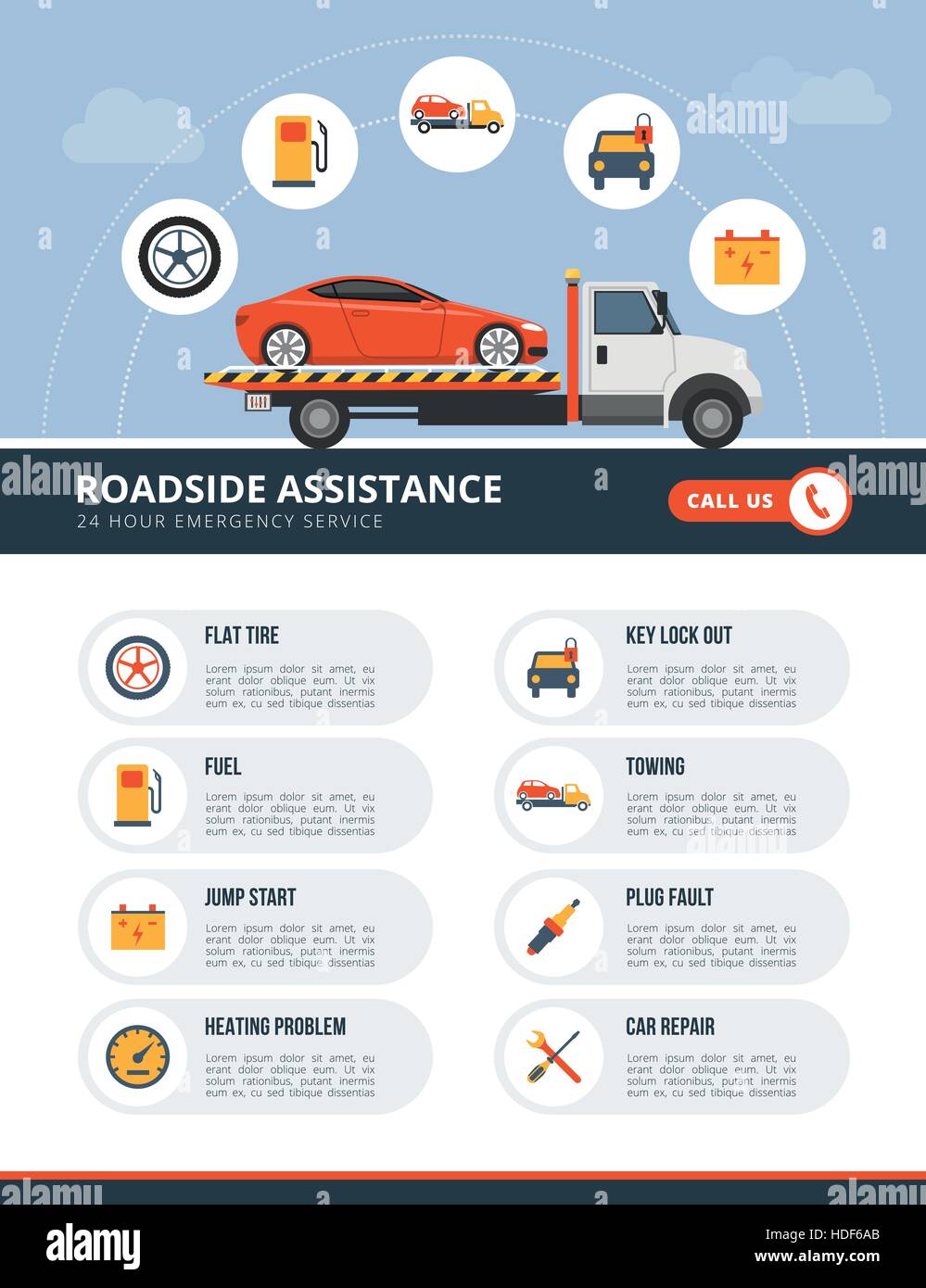Exploring The Genuine Interpretation Of Your Car'S Warning Lighting
Exploring The Genuine Interpretation Of Your Car'S Warning Lighting
Blog Article
Write-Up Writer-Justesen Gross
When you're behind the wheel, those radiant warning lights on your dashboard can be a bit bewildering. Do you know what they're attempting to tell you about your automobile's health and wellness? Comprehending the importance of these lights is essential for your safety and the long life of your car. So, the next time among those lights turns up, wouldn't you want to analyze its message accurately and take the required steps to resolve it?
Common Warning Lighting and Interpretations
Recognize typical caution lights in your cars and truck and recognize their significances to make sure secure driving.
One of the most typical caution lights consist of the check engine light, which signifies issues with the engine or exhausts system. If this light begins, it's vital to have your automobile examined without delay.
The oil stress warning light suggests low oil pressure, needing prompt interest to stop engine damages.
A blinking battery light may suggest a faulty charging system, potentially leaving you stranded if not dealt with.
The tire stress monitoring system (TPMS) light notifies you to reduced tire stress, influencing lorry security and fuel effectiveness. Ignoring this can lead to harmful driving conditions.
The ABS light indicates an issue with the anti-lock braking system, compromising your capability to quit swiftly in emergencies.
Lastly, the coolant temperature level advising light warns of engine getting too hot, which can result in serious damage otherwise resolved quickly.
Understanding these typical caution lights will aid you deal with issues immediately and maintain risk-free driving problems.
Significance of Prompt Attention
Comprehending the typical caution lights in your cars and truck is only the very first step; the relevance of quickly addressing these warnings can not be highlighted sufficient to ensure your safety and security when traveling.
When a warning light illuminates on your control panel, it's your automobile's way of connecting a potential problem that requires focus. Ignoring these warnings can bring about a lot more serious troubles in the future, jeopardizing your safety and security and potentially costing you a lot more in repairs.
browse around this website to alerting lights can stop malfunctions and mishaps. For example, a flashing check engine light can show a misfire that, if left neglected, might trigger damages to the catalytic converter. Addressing this immediately can save you from a costly fixing.
In a similar way, a brake system advising light could indicate reduced brake liquid or worn brake pads, essential parts for your security when driving.
Do It Yourself Troubleshooting Tips
If you discover a warning light on your control panel, there are a couple of DIY fixing pointers you can try before seeking professional assistance.
The primary step is to consult your car's handbook to recognize what the specific warning light indicates. Often the problem can be as straightforward as a loose gas cap activating the check engine light. Tightening up the gas cap may deal with the problem.
https://brake-service51728.theobloggers.com/34416614/by-acquiring-the-needed-skills-to-perform-vital-upkeep-jobs-you-can-efficiently-prevent-costly-vehicle-repair-work-making-certain-that-your-vehicle-stays-in-exceptional-problem-and-your-funds-continue-to-be-intact is a reduced battery, which can activate different cautioning lights. Inspecting the battery links for corrosion and ensuring they're secure could take care of the trouble.
If a warning light persists, you can attempt resetting it by detaching the cars and truck's battery for a few minutes and after that reconnecting it. Additionally, inspecting your automobile's liquid levels, such as oil, coolant, and brake liquid, can assist fix warning lights associated with these systems.
Conclusion
To conclude, comprehending your vehicle's warning lights is crucial for keeping your lorry running efficiently and securely. By without delay dealing with these informs and recognizing what they mean, you can stay clear of expensive repairs and potential breakdowns.
Bear in mind to consult your vehicle's handbook for certain details on each cautioning light and take action accordingly to ensure a hassle-free driving experience.
Remain educated, stay risk-free when driving!
